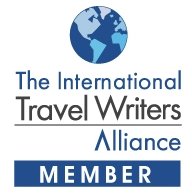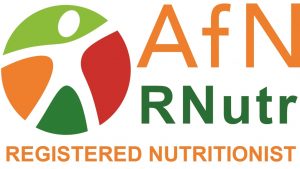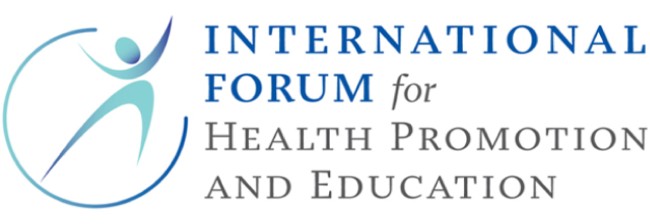When travelling on business it is essential to avoid dehydration if you want to be at your most effective.
Travelling can interrupt your usual daily routine, making it less likely that you will consume the same quantities of fluids and eat the same foods as you would normally when in the office or at home. Even the mildest form of dehydration can have a disastrous effect on your performance. Greater than one percent loss of body fluid can result in fatigue, lethargy, irritability, poorer cognitive performance, headaches, lightheadedness, general malaise and even constipation adding to a feeling of discomfort.
If you are travelling long haul or driving in a hot climate, then you will need to be extra careful to consume sufficient fluids. The air conditioning in a plane is usually very dry, so travelling long haul you will lose more water through your lungs and skin than normal. Consuming a cup (200 – 250 mls) every hour should be sufficient to replace any extra fluid loss. You could apply the same rule if you are travelling on air-conditioned buses or trains.
When travelling to a hot climate on business, you should consider consuming more, and if you have recently had the dreaded travel tummy bug, then you might need to consider consulting with a pharmacist or medical staff on the use of electrolytic solutions.
You may feel that consuming sufficient fluids is easier said than done, particularly when on the run to meet tight travel arrangements, but it can be made to fit in easily with your travel routine and fluid availability.
So here are 6 great ways of ensuring you are adequately hydrated when travelling without a lot of fuss.
1. Prepare before you start out.
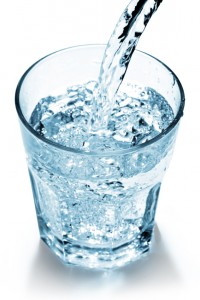 Don’t start your travel already thirsty as this is a sign you may already be deficient in fluids. Make sure the day before you travel you have had plenty to drink. You will be able to tell by the colour of your urine the night before if you need to consume more before going to bed. If your urine is darker than a pale tint of yellow, then consume a cup of a non-alcoholic drink before going to bed.
Don’t start your travel already thirsty as this is a sign you may already be deficient in fluids. Make sure the day before you travel you have had plenty to drink. You will be able to tell by the colour of your urine the night before if you need to consume more before going to bed. If your urine is darker than a pale tint of yellow, then consume a cup of a non-alcoholic drink before going to bed.
Overnight, while you are asleep, your body is still working and you will continue to excrete water through your lungs when you breathe out. So make sure you have a drink as soon as you get up in the morning before setting out on your journey. The same rule applies – check the colour of your urine when you first get up. If it is darker than a pale tint of yellow, then you definitely need to have a drink with your breakfast/before leaving.
2. En route to the train station/airport or in the car
Don’t forget to take a bottle of water with you when you are driving or on route to the airport/train station. Sipping little and often is far more effective than taking a huge amount in one go. If you aren’t in the routine of grabbing a bottle just before you leave, then make a note to put a bottle in your handheld luggage when you pack.
3. Eat foods high in water
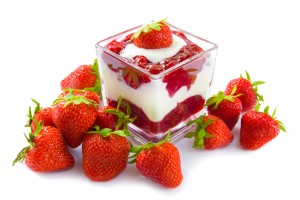 Not all the fluid we consume comes from what we drink. On average, just under a litre will come from the food we eat. So remember to choose foods with high water content whenever possible. This could include your favourite fruit, yoghurt, salads, spaghetti, rice, soups, fish, sauces and even desserts such as ice-cream or sorbet. If you are unsure these types of foods will be provided when on board, then take an apple or pick up a fruit bowl in the terminal before departure.
Not all the fluid we consume comes from what we drink. On average, just under a litre will come from the food we eat. So remember to choose foods with high water content whenever possible. This could include your favourite fruit, yoghurt, salads, spaghetti, rice, soups, fish, sauces and even desserts such as ice-cream or sorbet. If you are unsure these types of foods will be provided when on board, then take an apple or pick up a fruit bowl in the terminal before departure.
4. Stock up before you board
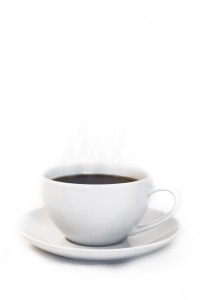
More and more terminals are offering a greater selection of drinks and food, both pre and post-security.
If you are travelling by train you can take a full bottle of water through security when you board the train. Generally, water is less expensive prior to security than post-security.
If you are travelling by plane, then many airports will offer a range of outlets after security which sell bottles of water. Some airports will have water fountains conveniently located near the departure lounge toilets which you can use to fill up an empty bottle. Others may also have a row of water bottles which are available when you donate some money.
5. Take what is offered!
All drinks provide fluid. So if the airline or train server offers you a juice, tea or coffee, then use this as an opportunity to keep hydrated. Contrary to belief, the diuretic effect of caffeine when in tea or mild coffee is insignificant. It’s better to take what is offered than to go without the fear of going to the toilet more often. In reality, you will be excreting more fluid through your lungs and this will help counteract the need to go more often.
6. Avoid alcohol and high salt foods
There is always an exception. Unfortunately, alcohol is one drink best to avoid. Alcohol does have a significant diuretic effect and may cause dehydration quicker than if avoided. If you do consume the odd glass, then you should consider consuming more non-alcoholic drinks to avoid losing essential body fluids, and this will eventually mean you will need to go to the toilet more. So think before you drink any alcoholic beverages.
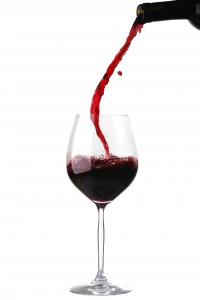
If you consume more sodium than your body needs or loses, then your body will need to regulate the concentration in your body. Your kidneys will excrete water along with the excess sodium. So it is better to avoid foods high in salt than it is to try and consume even more fluid!
We all know that foods high in salt include salted nuts and crisps, but some airlines are now also offering boxed snack options to purchase, such as Amazing Gourmet Snackbox (Ryanair), Feel Good Snacking (EasyJet) and The Little Tasty Snackbox (Flybe). Not only are many of the items in these snack boxes high in salt, but they are also low in water (such as crackers, olives, pate spread and savoury snack packets) and in total have a higher energy content normally recommended for a snack (most being 500 calories per box). This makes them less healthy compared to other options available onboard. Thus, they should be avoided as with other high salt snacks, particularly if the business person has high blood pressure or might be at risk of DVT.
There are many other ways to encourage yourself to consume fluids when travelling. Please feel free to share any tips you may have, or to mention airports which supply water at low cost or free of charge. We do our best to get around as many airports as possible but would welcome any mention you might be able to provide to encourage other airports to do the same.
© 2015 Executive Travel Vitality
Hydration en route has never been easier…
Collapsible cups have become a popular trend for saving the environment. Equally these collapsible items are great for travelling. The selection includes hot beverage cups and cold drink bottle….
by - [-]
Price: -
by - [-]
Price: -
by - [-]
Price: -
by - [-]
Price: -




























![Meyon Large Collapsible Coffee Cup [520ml] | Eco Friendly, Reusable, BPA-Free Silicone Travel Mug for Hot & Cold Drinks | Foldable & Expandable Drinking Cup with Leakproof Lid](https://m.media-amazon.com/images/I/7125dubVgPL._AC_UL436_.jpg)


